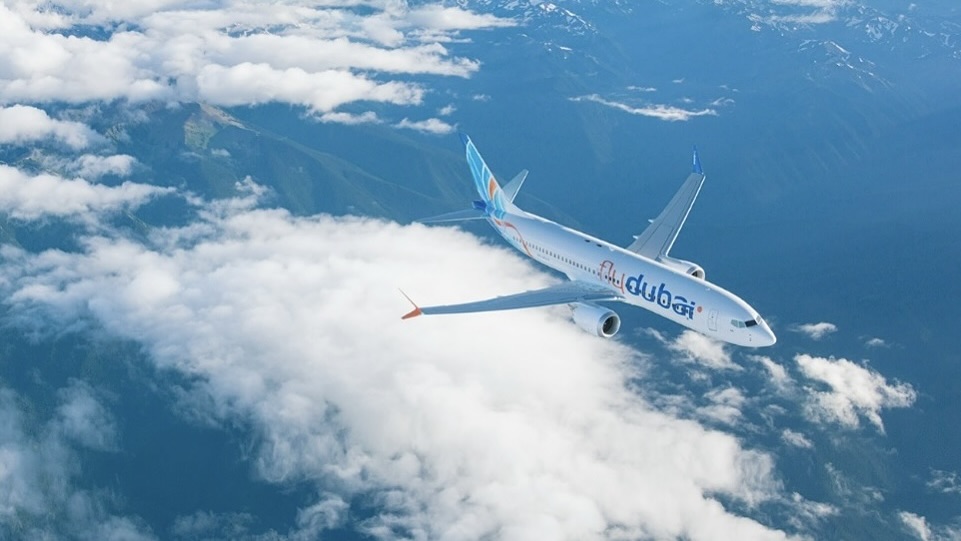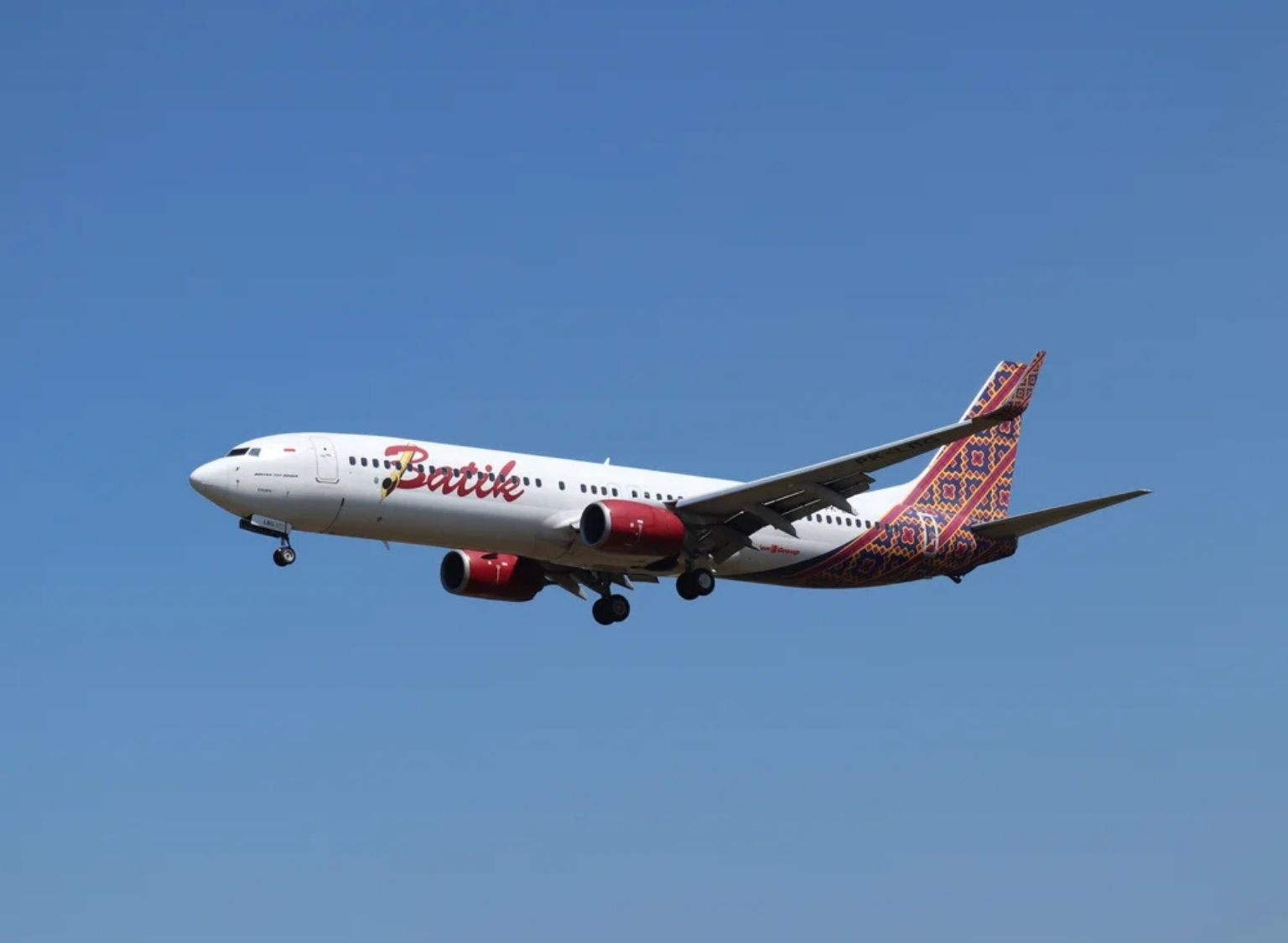Atmosphere Core, the well-established leader in hospitality across South Asia, has expanded into the European market. The company recently opened Borgo Monchiero Heritage by Atmosphere in Piedmont, Italy. This marks the company’s first venture into Europe and adds a historical gem to its Heritage by Atmosphere collection. The heritage hotel sits in a beautifully restored monastery, built in 1773, and retains its original Romanesque architecture and sacred frescoes. Located in one of Italy’s most culturally rich regions, the hotel offers an authentic experience steeped in northern Italy’s art, history, and cuisine.
Salil Panigrahi, Group Managing Director of Atmosphere Core, expressed excitement about this new European chapter.
“As we continue to grow and cultivate relationships with global partners for expansion, in the last year we have made associations with a number of European businesses. In Italy specifically, we have the leading Bottega S.p.A. joining our unique Wine Program. These significant partnerships brought Italy to Atmosphere Core and vice versa, we now look forward to the launch of our first destination in Europe in 2026”.
A Historic and Luxurious Destination
Borgo Monchiero sits within a UNESCO World Heritage-listed area. It lies amid vineyards that produce celebrated wines such as Barolo and Barbera. The three-story hillside monastery features 19 luxurious suites and rooms. Each suite has been carefully restored to preserve the building’s original charm. The on-site chapel also offers a beautiful space for intimate weddings and ceremonies, making it the perfect setting for couples seeking a unique destination for their special day.
The former refectory, once a dining hall for resident monks, now transforms into a culinary destination. Guests will indulge in exquisite regional dishes at the main restaurant. Additionally, the heritage hotel offers a chapter hall for private gatherings, a lounge bar for relaxation, and a garden terrace with sweeping views of the surrounding hills and vineyards. Moreover, a dedicated spa area includes a sauna, infrared therapy, and a restored stone reservoir turned private jacuzzi. For outdoor enthusiasts, the landscaped gardens and pool area offer a serene escape, perfect for basking in the sun or hosting alfresco events.
A Shared Vision for Heritage by Atmosphere
Borgo Monchiero’s owners, Franco Giampetruzzi and Gian Maria Debenedetti, emphasized their alignment with Atmosphere Core’s brand ethos. Mr. Giampetruzzi shared:
“When sourcing a hotelier, Atmosphere Core’s ambitions to expand internationally with ‘HERITAGE BY ATMOSPHERE’ seamlessly mirrored our project plans. We needed an established operator with big ideas yet sensitive to the value of authenticity. The decision was very easy and now we forge ahead in preparation of welcoming guests in the coming year.”
Mr. Debenedetti added,
“We envision Borgo Monchiero as a harmonious fusion of art, 18th-century history, and experiential luxury. Atmosphere Core’s sympathetic approach with its ‘Heritage’ brand embodies this vision.”
Atmosphere Core’s Growing Global Presence
The luxury brand has become known for its collection of nine island resorts in the Maldives. The company also boasts a growing portfolio of luxury properties in Sri Lanka and India. As a result, it has gained a reputation for personalized service, exceptional dining, and unforgettable experiences. With its new venture in Italy, the company offers a one-of-a-kind escape for travelers, wine connoisseurs, and nature lovers. Guests can explore the beauty and culture of this idyllic European region while enjoying the exclusive offerings of Atmosphere Hotels & Resorts.










